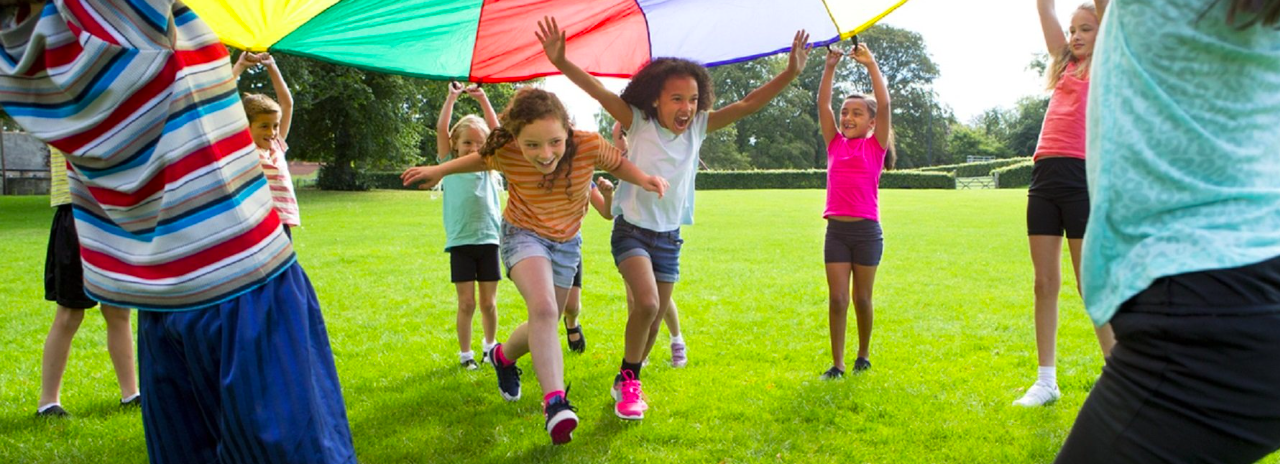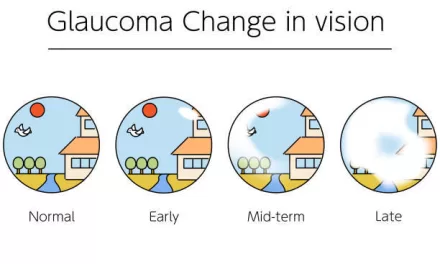A recent study from Lund University has challenged the conventional belief that children’s connection to nature is primarily determined by whether they grow up in urban or rural environments. Instead, the research highlights that socioeconomic factors, such as education levels and household income, play a far more significant role in shaping children’s relationships with the natural world.
The study, led by Dr. Johan Kjellberg Jensen, explored how various factors influence children’s knowledge of wildlife, their attitudes towards nature, and their overall sense of well-being. The researchers aimed to understand whether simple activities like feeding birds could foster a stronger connection to nature among children, potentially improving their knowledge of species and enhancing their well-being.
“Contrary to expectations, we have shown that children’s relationships with nature are not determined by whether they grow up in the countryside or in the city. Instead, socioeconomic factors play a decisive role,” said Dr. Jensen. “For example, children in areas with higher levels of education generally had better species knowledge, which in turn was linked to more positive attitudes towards wildlife. Higher incomes are linked to children participating more in nature-based activities, which also leads to a better connection to nature. This was true regardless of whether the children lived in a city center or in the countryside.”
The study did, however, find some differences between urban and rural children in terms of how they use natural environments. Yet, these differences did not translate into variations in their overall attitudes towards nature. One consistent finding was that children with direct access to nature near their homes reported a higher self-perceived sense of well-being, underscoring the importance of regular contact with the natural world.
In a specific part of the study, researchers examined the effects of a bird-feeding project on children’s knowledge of species, attitudes towards nature, and well-being. The results were mixed. While children’s species knowledge increased, there was no significant impact on their well-being or attitudes towards nature. However, the researchers noted significant variability in outcomes across different schools, suggesting that the role of teachers and the school environment could be crucial in shaping children’s experiences with nature.
“We already know that our contact with nature is shaped through social interactions and that adults have considerable responsibility in acting as role models for how children relate to nature,” Dr. Jensen added. “This responsibility does not necessarily have to fall solely on teachers, who already have considerable responsibilities. However, their involvement can significantly influence the effectiveness of such projects.”
One of the key findings of the study was that children with limited access to nature close to home benefited the most from the bird-feeding project. This points to the critical need for equitable housing policies and urban planning that ensure all children, regardless of their socioeconomic background or living environment, have opportunities to connect with nature.
Dr. Jensen concluded, “If we want future generations to have positive relationships with nature, enjoying all the health benefits that come with that, we may need targeted projects to increase children’s contact with nature, both in urban and rural settings. This is particularly important in areas of low socioeconomic levels and little nature near residential housing.”
The study, published in the journal People and Nature, provides valuable insights for policymakers, educators, and parents on the importance of creating environments that foster children’s connection to nature, regardless of where they live.











